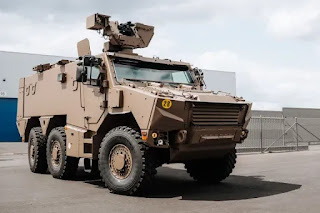Airbus and Kratos to Develop XQ-58A Valkyrie for German Air Force
.jpeg)
Airbus Defence and Space has entered into a strategic partnership with Kratos Defense and Security Solutions to develop a European variant of the XQ-58A Valkyrie, an uncrewed collaborative combat aircraft (CCA) intended for deployment by the German Air Force by 2029. This initiative reflects a broader trend in European defense policy: the acceleration of autonomous and AI-enabled aerial systems to meet evolving security demands. XQ-58A. Kratos Defense and Security The XQ-58A Valkyrie, originally developed under the U.S. Air Force’s Low Cost Attritable Aircraft Technology (LCAAT) program, is a rail-launched, low-observable drone capable of operating either autonomously or in coordination with manned fighter aircraft. With a maximum takeoff weight of approximately three tons, the Valkyrie can reach altitudes of up to 45,000 feet and has a range of around 3,000 miles. Its design supports both kinetic and non-kinetic mission profiles, making it suitable for a variety of operational sc...






.jpeg)

.jpeg)


.jpeg)
.jpg)





.jpeg)



